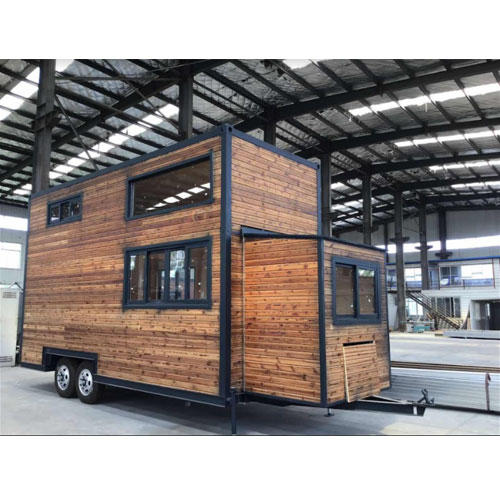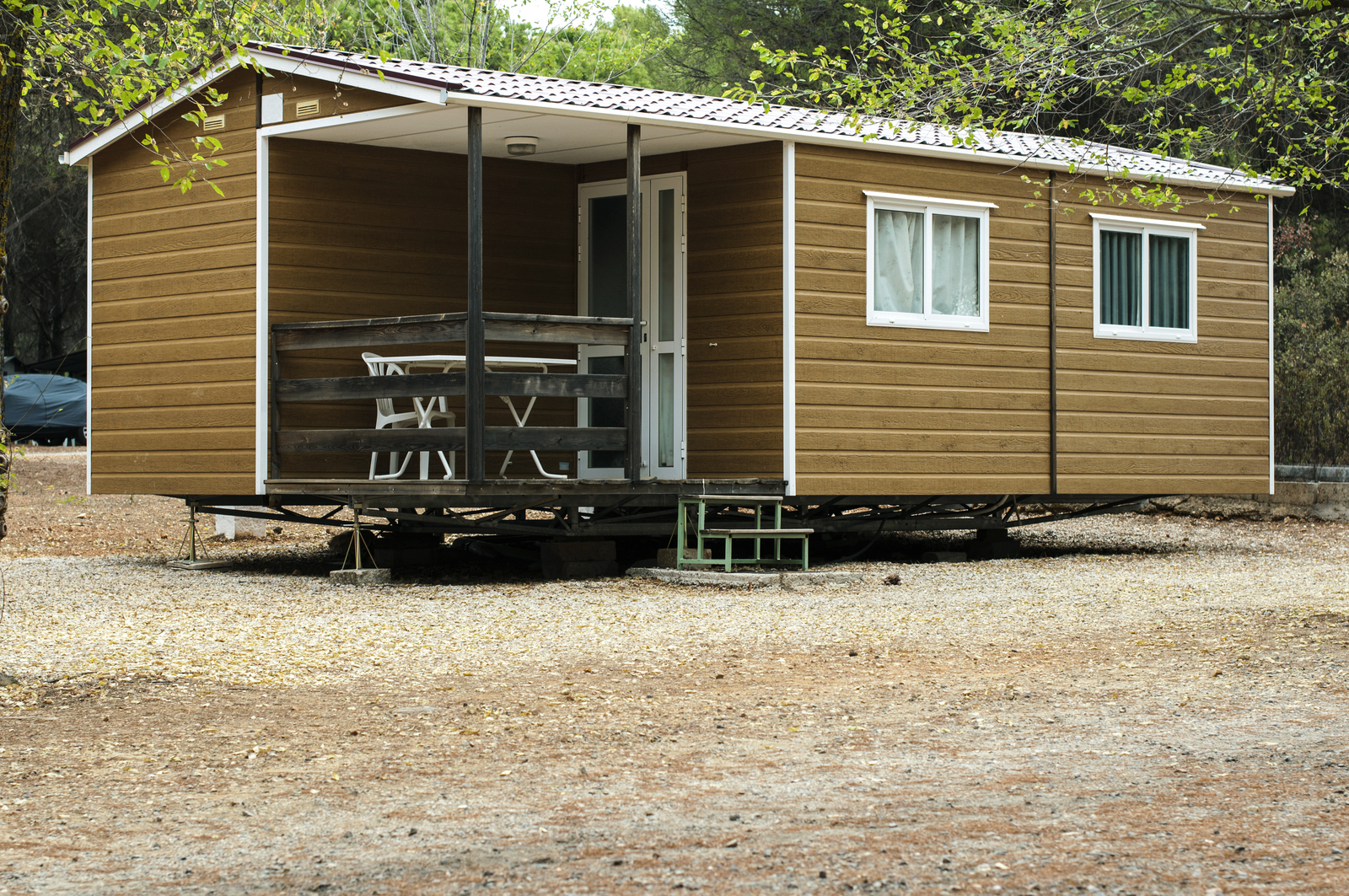Why Choose a Container Home Or a Tiny Home?
![]()
Getting a home can be a large task and quite expensive. There are two other options now that are more affordable and can help you save money – container homes and tiny homes. Let’s look at how these two are similar.
First, both are much more affordable than a conventional home. Container homes can range in price from six thousand dollars to upward of one hundred thousand depending on where you look.
A tiny home can range from eight thousand dollars to nearly two hundred thousand dollars.
The prices vary because it depends on how large you want to go and what materials are necessary to build it. The main thing that a container home and a tiny home can offer is that they are still much more affordable than a regular home.
Size And Space Of Container And Tiny Homes
When looking at both options, there’s an obvious difference between the two. A container looks rectangular and modular while a tiny home can look like a down sized version of a conventional home.
A container home ranges from 20 feet to 53 feet in length and can be 8 feet to 8 feet 6 inches tall.
If you go for a high cubic container, it is usually 40 or 45 feet long, 8.6 feet up to 9.6 feet high, 7 feet to 7.8 feet wide.
This gives you the option to choose between a 160 square feet of a 20-foot container or up to a 416 square feet of a 50-foot container.
A tiny home can range from 60 square feet to 400 square feet. Although you can find tiny homes that are bigger than that, the definition of a tiny home in most states is a home that is “400 square feet or smaller”.


If you’d prefer a larger space, and it doesn’t fit the tiny home definition, then a container home may be the way to go.
Mobility Of Container And Tiny Homes


Another positive with having a container home or tiny home is that they are both portable.
If you’re the type that loves to move around, then you may opt to add wheels to your home to move when you feel like it.
Of course, a tiny home would be easier to move as they aren’t as large or heavy as a container home. However, if you have a CDL license in hand, then you can drive off with your container home as you please.
The ability to relocate is a nice option since some people prefer to get away from certain uncomfortable weather conditions.
Others may have the need to travel for their work. Now they can move their home with them, there is no down time. Being mobile can also enable you to get to a safer location if a natural disaster is expected to occur in your area.
Customization Of Container Or Tiny Homes
Things can get a little tricky when you talk about customization of the two options. Basically, you can customize both.
It’s just that one can have an unlimited amount of space to work with, while the other has less because the concept of a tiny house is to downsize. Almost everything in a tiny home will have a dual purpose.
A container home can have wood for it’s interior but you may have to worry about rust since the container is metal.
Luckily, most container homes are painted with rust-oleum to prevent rusting for a period of at least twenty-five years.
Tiny homes that are made of wood obviously would need to worry about termites but that can be treated for longevity.
Another possible customization for both a container home and tiny home is attaching solar panels.

If you prefer to live off the grid or just away from the fast city life, you can still have all the conveniences that electricity provides.
By installing solar panels to your home, you can still have hot water, lights at night, even a refrigerator in your kitchen, and still save money.
Eco-Friendly Homes
One of the biggest draws of a container and tiny home is they are both eco-friendly. Most container homes are recycled metal, while tiny homes require fewer materials to build than a conventional house.
Manufacturing Of Homes

When making a container or tiny home there will always be time needed to make them.
A container home can range from 4 to 10 weeks to make, which is about 1 month to 2 months duration.
A tiny home can take as long as 120 hours (If done by a professional) to 480 hours (average time for a DIY), which is roughly 5 days to 20 days, which is significantly shorter than a conventional home.
Location
One major thing to consider when thinking about building a home is where do you want to settle?
Do you want to live in the mountains, live in the desert, or do you prefer to live near the sea?
Not everyone will want to live in the same location, so choosing a place for your home is totally up to you.
The good news is that a container home and a tiny home can both be built and delivered to any of the locations.


Laws and Regulations

It is important that before deciding on which option works best for you, you should check with your local county about zoning regulations and building codes.
These laws and regulations may influence how you want to proceed.
Zoning regulations helps keep similar buildings near each other. This is to make sure you are not living next door to a large warehouse store.
Building codes standardize your counties regulations of how a home can be built.
Container Or Tiny Home?
Both options are great! The choice is yours to make. Decide on what works best for you, what meets your needs, and can you meet all the codes and regulations.


